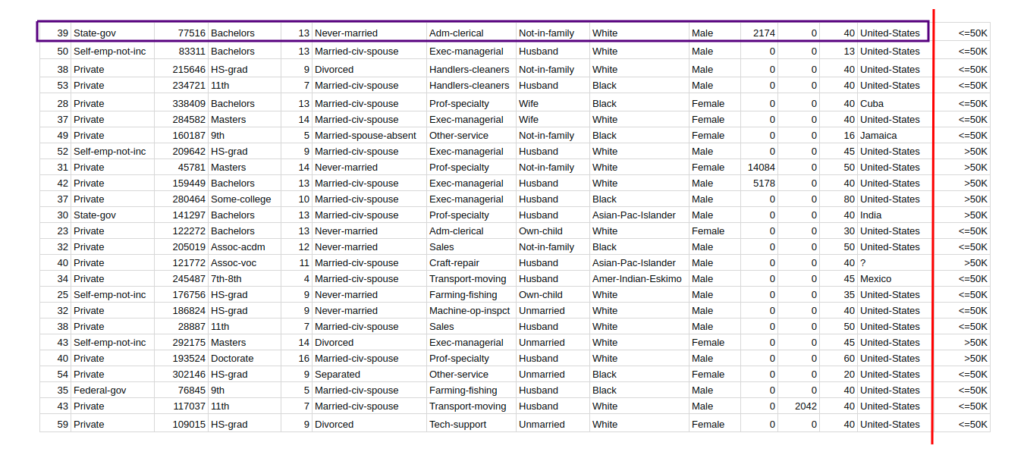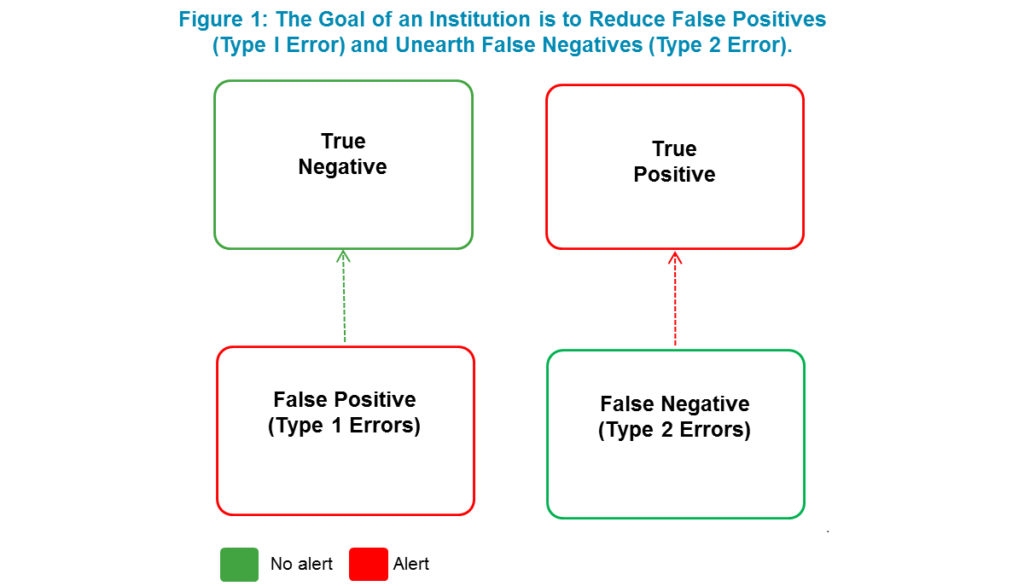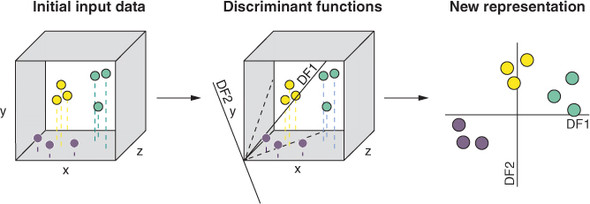Robotic Process Automation (RPA) is a term that has been making waves in the tech industry for a while now. Companies have been quick to adopt this technology to streamline their processes and increase efficiency. However, there is still a lot of confusion around what RPA actually is and how it differs from other emerging technologies. One of the most common questions that people ask is whether RPA is machine learning. The answer to this question is not a straightforward one, and in this article, we will delve deeper into the topic to provide you with a comprehensive understanding of the two technologies.
To understand whether RPA is machine learning, it is essential to first understand what each technology entails. Machine learning is a subset of artificial intelligence (AI) that involves training machines to learn from data without being explicitly programmed. It involves creating algorithms that can learn and improve from experience. On the other hand, RPA is a technology that automates repetitive tasks using software that mimics human actions. While both technologies are related to automation, they differ in how they achieve it. In the following paragraphs, we will explore the differences between RPA and machine learning and determine whether or not RPA can be categorized as machine learning.
![]()
What is RPA?
RPA is an acronym for Robotic Process Automation, which is a type of technology used to automate certain tasks that are repetitive and rule-based. It is a computer-based system that can be programmed to carry out a wide range of tasks, from data entry to customer service. RPA is often used to free up resources for more complex and value-added tasks.
Is RPA Machine Learning?
No, RPA is not machine learning. While both technologies are used to automate tasks, they use different approaches to do so. RPA is rule-based and uses predefined instructions to carry out tasks, while machine learning uses algorithms to learn from data and make decisions based on what it has learned. In other words, RPA is more of a “programmed” approach, while machine learning is more of a “learned” approach.
How Does RPA Work?
RPA works by following a set of predefined instructions to complete a task. It can be programmed to mimic human actions and interact with various applications, such as web browsers, databases, and more. It can also be used to automate tasks such as data entry, customer service, and other repetitive processes.
Advantages of RPA
One of the primary advantages of RPA is that it can reduce the time it takes to complete a task. It can also eliminate the need for manual data entry and other manual tasks, freeing up resources for more complex and value-added tasks. RPA can also help with accuracy, as it eliminates potential errors caused by human input. Finally, RPA can be used to automate processes that span multiple systems, reducing the time it takes to complete a task.
Limitations of RPA
RPA is limited in its ability to handle tasks that require decision-making or complex problem-solving. Additionally, RPA is limited in its ability to handle tasks that require a human element, such as customer service. Furthermore, RPA is limited in its ability to handle exceptions or unexpected outcomes. Finally, RPA is limited in its ability to handle tasks that require a large amount of data.
Conclusion
RPA is a powerful tool for automating repetitive, rule-based tasks, but it is not machine learning. RPA can reduce the time it takes to complete a task, improve accuracy, and automate processes that span multiple systems. However, it is limited in its ability to handle tasks that require decision-making or complex problem-solving and tasks that require a human element.
Frequently Asked Questions
RPA Machine Learning is a combination of advanced automation software and Artificial Intelligence (AI). The combination of the two fields allows businesses to automate their processes more effectively while also reducing costs and improving customer experience.
What is RPA Machine Learning?
RPA Machine Learning is a technology that combines robotic process automation (RPA) and machine learning algorithms. RPA is a type of software that enables businesses to automate mundane and repetitive tasks, while machine learning (ML) algorithms are used to make predictive decisions based on data. By combining the two, businesses can automate processes more quickly and accurately, as well as improve customer experience and reduce costs.
For example, RPA ML can be used to automate customer service tasks such as responding to customer inquiries, handling customer complaints, and processing orders. ML algorithms can also be used to identify trends in customer behavior and make predictions about future customer needs. This helps businesses to provide better customer service and improve customer satisfaction.
How does RPA Machine Learning work?
RPA ML works by combining RPA and ML algorithms. RPA automates mundane and repetitive tasks, such as filling out forms and entering data into databases. ML algorithms are used to identify patterns in data, such as customer behavior, and make decisions based on those patterns.
Using RPA ML, businesses can automate processes more quickly and accurately. For example, RPA ML can be used to automate the process of customer service inquiries, such as responding to customer inquiries and handling customer complaints. ML algorithms can be used to identify trends in customer behavior and make predictions about future customer needs. This helps businesses to provide better customer service and improve customer satisfaction.
What are the benefits of RPA Machine Learning?
RPA Machine Learning offers many benefits to businesses, including improved customer service, increased efficiency, and reduced costs. By automating mundane and repetitive tasks, businesses can save time and resources, which can be used to focus on more important tasks. Additionally, ML algorithms can be used to identify trends in customer behavior and make predictions about future customer needs. This allows businesses to provide better customer service and improve customer satisfaction.
Furthermore, RPA ML can help businesses reduce costs by automating processes that would otherwise require manual labor. Automating tasks such as responding to customer inquiries and processing orders can help reduce labor costs, while still providing customers with the same level of service.
What are the challenges of RPA Machine Learning?
RPA Machine Learning can be difficult to implement and maintain. To use RPA ML effectively, businesses must have a thorough understanding of both RPA and ML algorithms. Additionally, businesses must have access to large amounts of data in order to train ML algorithms. Finally, businesses must be willing to invest in the necessary hardware and software to run RPA ML.
In addition, RPA ML is not always suitable for all types of tasks. Some tasks may not be suitable for automation, and manual labor may still be required for certain processes. Additionally, RPA ML may not be able to handle complex tasks, such as natural language processing.
What industries are using RPA Machine Learning?
RPA Machine Learning is being used in many industries, including healthcare, finance, retail, and customer service. In healthcare, RPA ML is being used to automate processes such as patient scheduling, insurance claims processing, and data entry. In finance, RPA ML is being used to automate processes such as credit card processing and fraud detection. In retail, RPA ML is being used to automate customer service tasks, such as responding to customer inquiries and handling customer complaints. Finally, in customer service, RPA ML is being used to automate tasks such as order processing and customer segmentation.

In conclusion, while RPA and machine learning share some similarities in terms of automation and data processing, they are two distinct technologies that serve different purposes. RPA is primarily focused on automating repetitive tasks and processes, while machine learning is focused on using algorithms to analyze data and make predictions or decisions based on that data. While RPA can be used to support machine learning initiatives by automating data collection and processing, it is not a replacement for machine learning.
As businesses continue to seek out innovative ways to streamline processes and improve efficiency, both RPA and machine learning will play an increasingly important role in achieving those objectives. By understanding the differences between these two technologies and how they can be used in tandem, organizations can leverage their strengths to create a more powerful and effective automation strategy. Whether it’s through the use of RPA, machine learning, or a combination of both, the future of automation is bright, and businesses that embrace these technologies will be well-positioned to thrive in the years to come.



